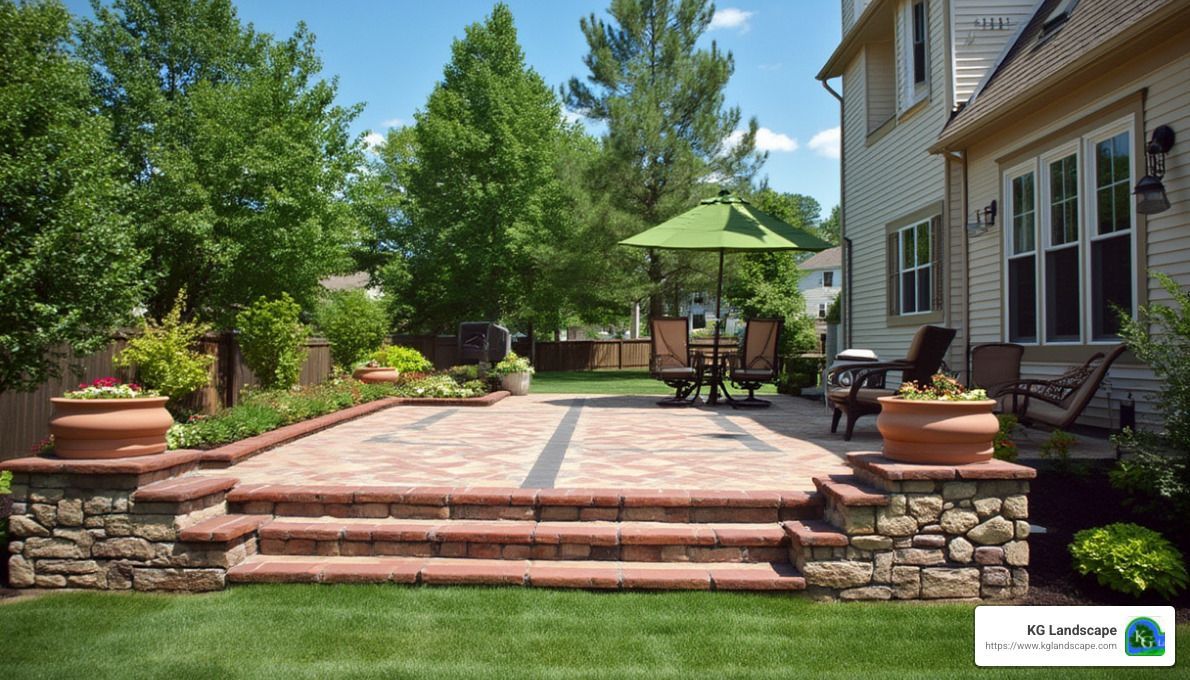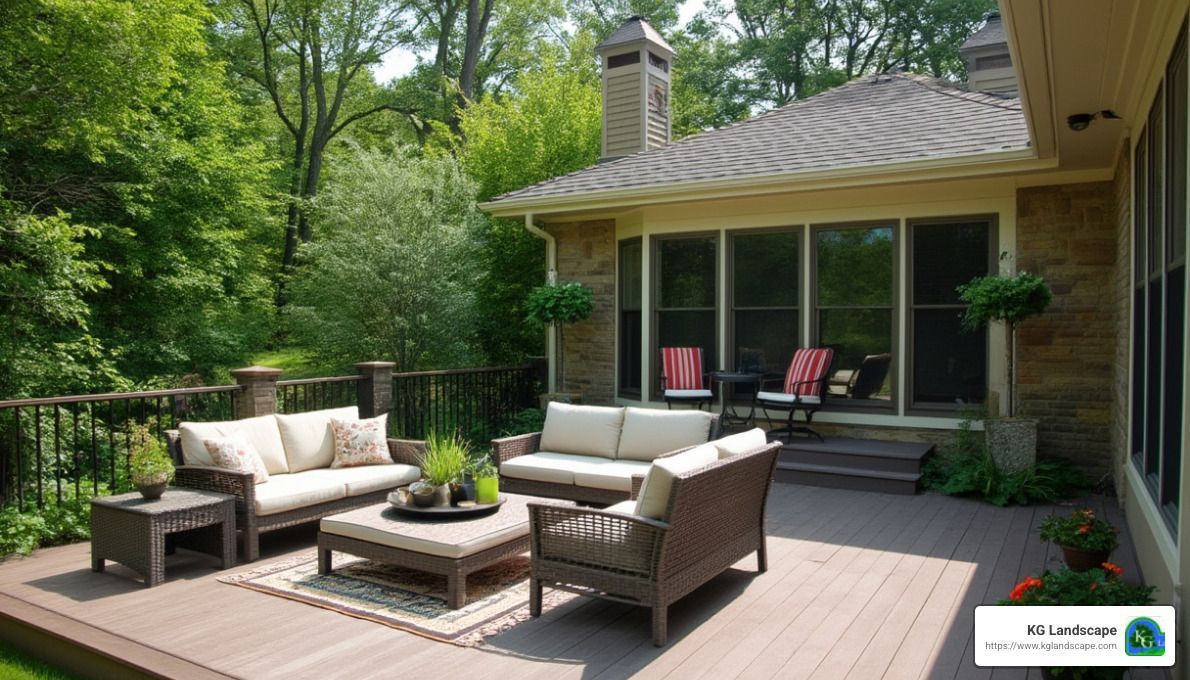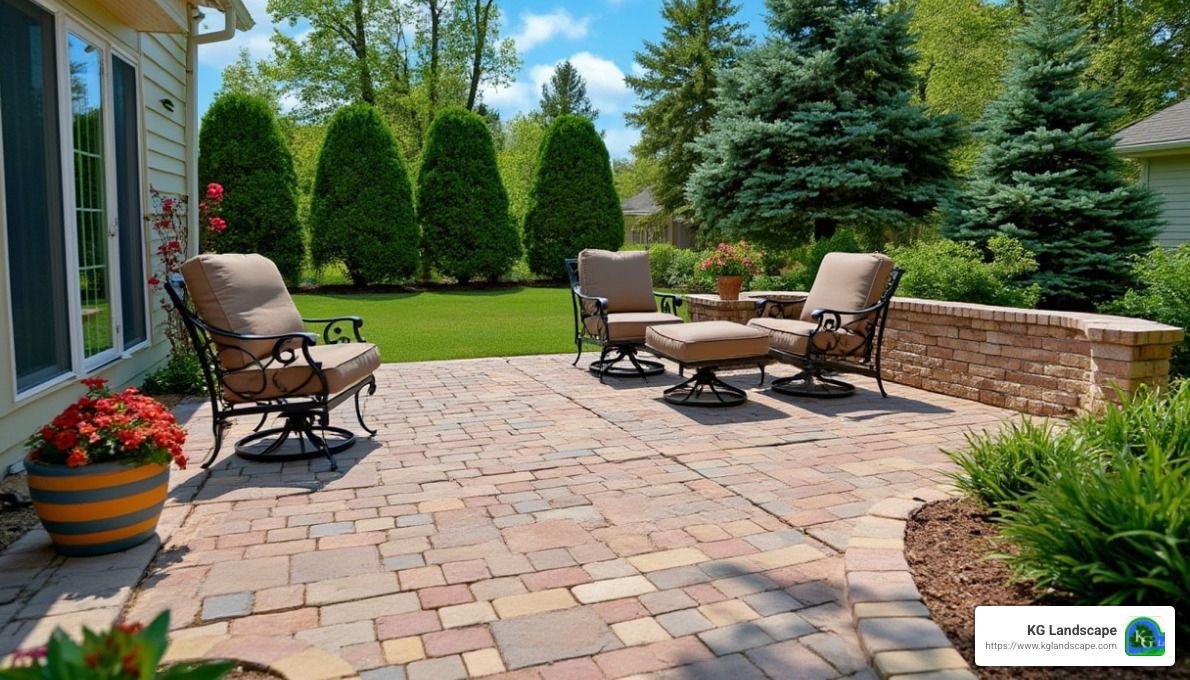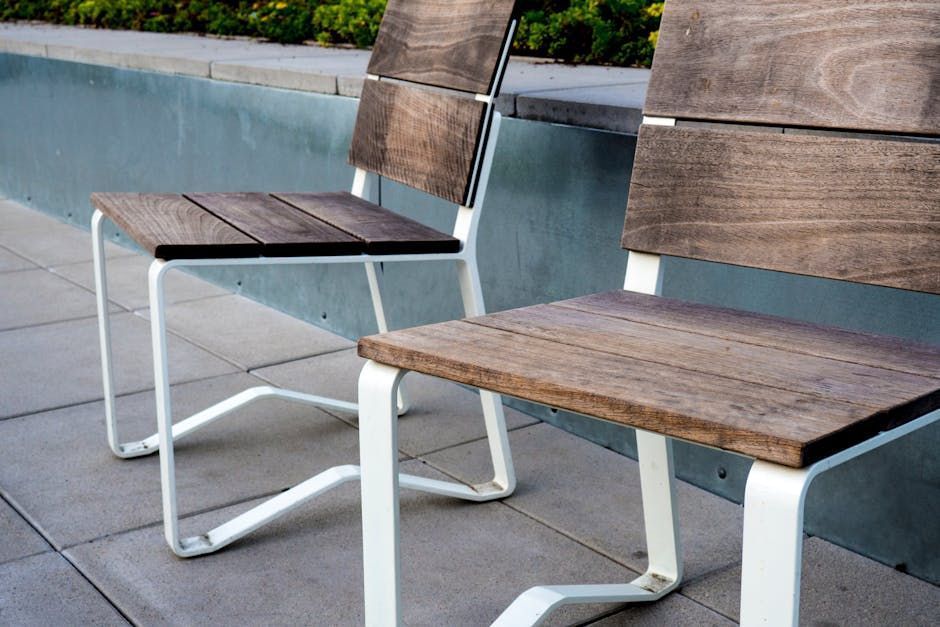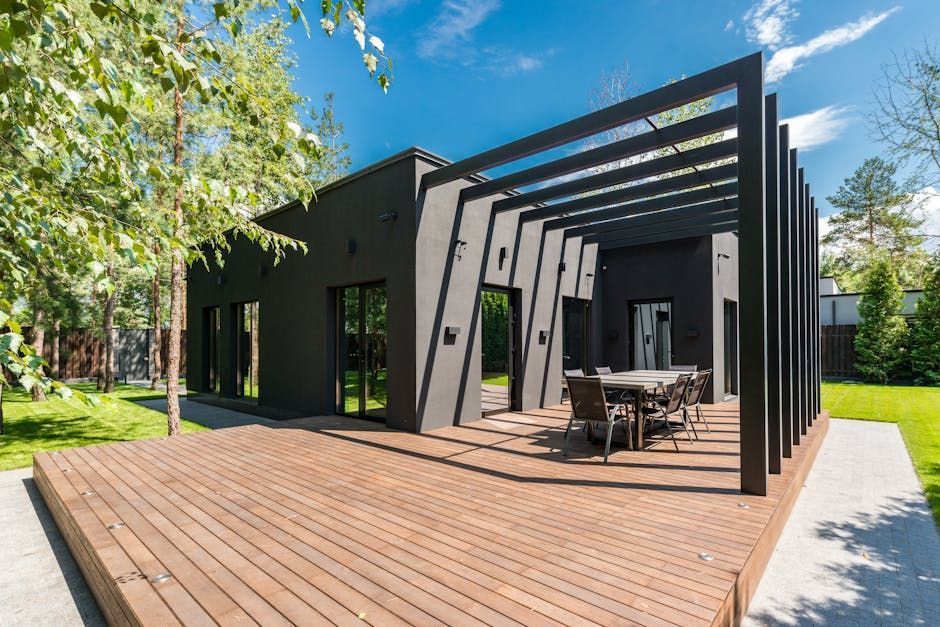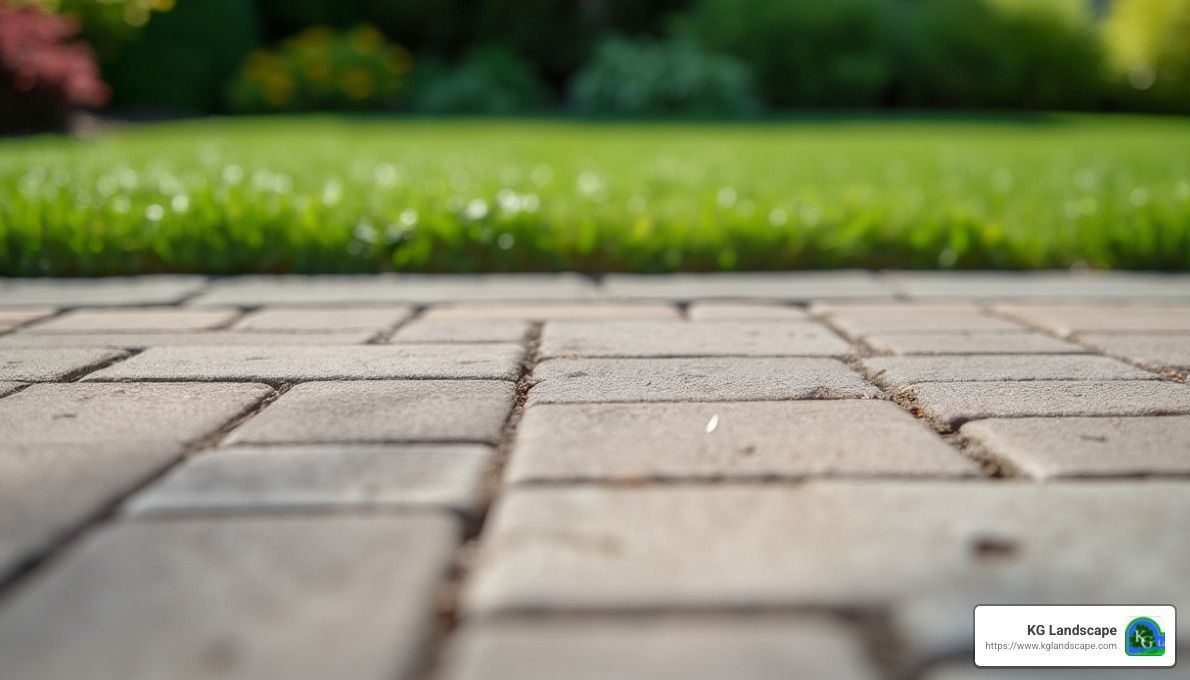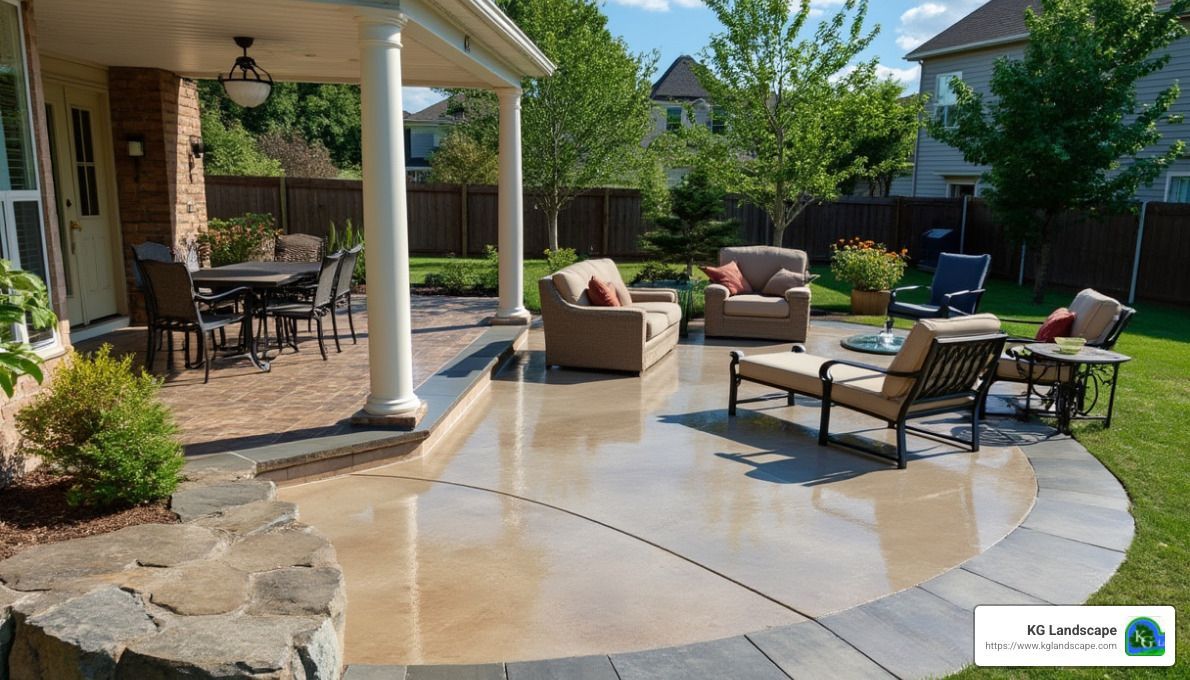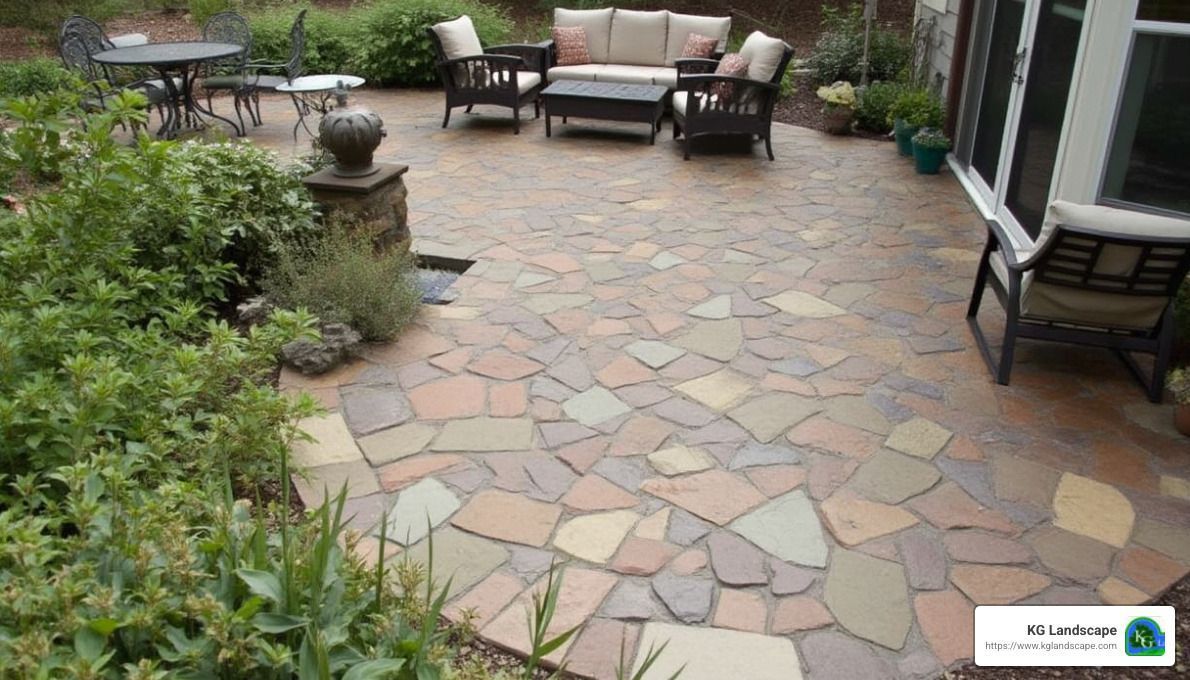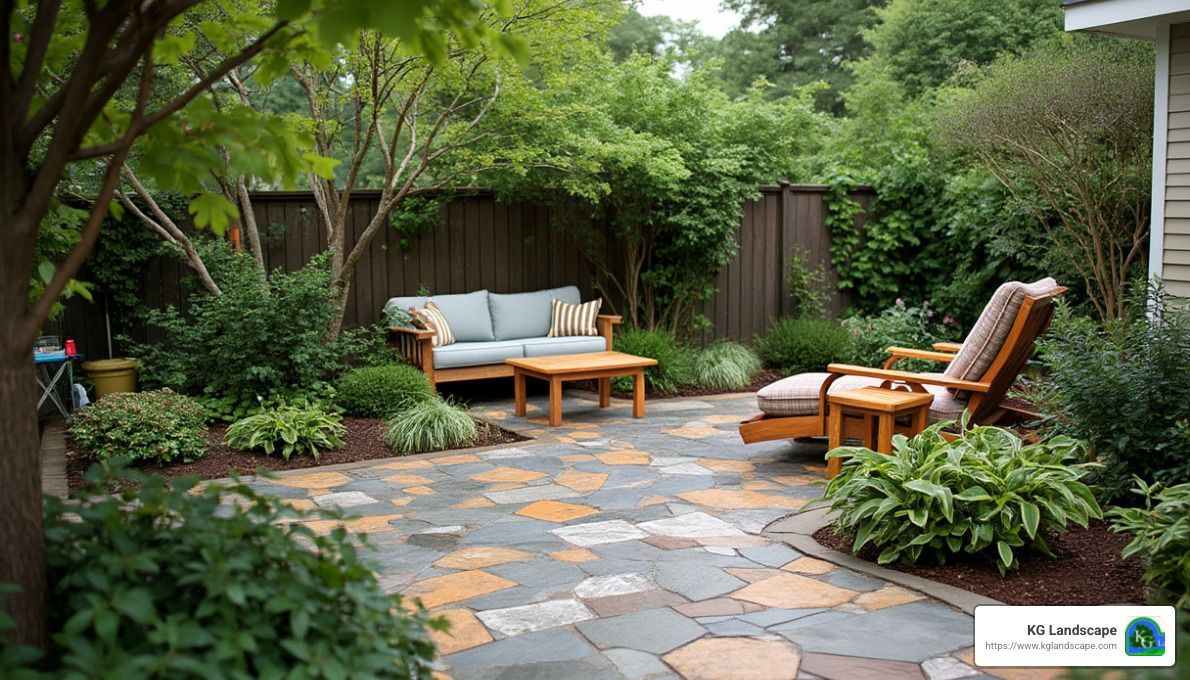How To Get The Perfect Green Lawn: Nitrogen
There are many factors that go into creating the perfect lawn, but by far the most important nutrient to get right to achieve the best lawn on the block is Nitrogen. According the University of Minnesota, high maintenance lawns where lawn clippings are not removed regularly are best treated with 3.0 lbs of actual Nitrogen per 1,000 ft² each year. So if you don’t bag and remove your grass clippings, you should be adding 3.0 lbs nitrogen per 1,000 ft² every year. If you’re the type that always bags your lawn and disposes the clippings each week, the U of M suggests you add another pound of Nitrogen per season bringing the total up to 4.0 lbs per 1,000 ft².
Solving The Mystery Of The Fertilizer Bag
Fertilizer bags are always labeled with 3 important numbers at the bottom of the bag that show the percentage of Nitrogen, Phosphorus, and Potassium by weight contained in the bag. These are the numbers you’re looking for to determine how much actual Nitrogen you’re getting for your money. I’ve circled the numbers you want to look for on the bag below.
This fertilizer contains no Phosphorus, which we know because the middle number is 0. Most standard lawn fertilizers sold in Minnesota contain no phosphorus. This is because Minnesota has a law that prevents applying Phosphorus to your lawn unless needed for new turf establishment (seeding or sodding). Phosphorus is great to use when seeding or sodding as it promotes seed germinating and root establishment, which is why you will always find it in a bag of starter fertilizer. However, phosphorus is readily available in most soils in the Minneapolis and St. Paul metro areas and isn’t very important in maintaining high quality turf anyways. Therefore, it isn’t needed in regular fertilizer applications.
Let’s get back to the Nitrogen, which is the first number we see on the bag. The 24 means this bag contains 24% actual Nitrogen by weight. Let’s figure out how many bags 50 lb. bags of this product you would need to properly feed your lawn for a season. As mentioned above, if you mulch your grass clippings and leave them in the lawn like most people do, you should be applying 3.0 lbs. of Nitrogen per 1,000 ft² per season. At KG Landscape in Minneapolis, MN, we typically use ½ lb. Nitrogen per 1000 ft² in each fertilizer application to reduce the risk of burning the grass. I recommend treating your lawn (6) times throughout the season with ½ lb. nitrogen each time like we would to get the 3.0 lbs. per 1,000 ft² your lawn needs.
How Many Bags Of Fertilizer Should I Buy?
If you’re fertilizing your lawn yourself, let’s do some quick math to see how much product you will need to buy assuming your lawn is 10,000 ft².
So you need (3) bags total which can be purchased from home depot for $35 each, bringing your total to about $105 per year (you will have a ½ bag left over at the end of the year).
Is It Cheaper To Have A Company Fertilize Your Lawn?
At KG Landscape Management, our pricing for (6) fertilizer treatments for a 10,000 ft² lawn would run about $65 per application. This means you’d pay about $390 for us to treat your lawn vs. $105 if you do it yourself. So if you’re only talking about fertilizer, sure you can absolutely save some money doing this yourself! However, we provide 3 weed control treatments mixed into our applications so we would be taking care of all of your weeds and also fertilizing for the $390.
Taking care of weeds can be tricky for homeowners. Properly calibrating your spreader to make sure you are applying the right amount of fertilizer each application is also important easy to make an error on. These two problems combined with purchasing your own fertilizer spreader, trying to handle weeds with expensive homeowner mixes of weed killer, and hauling around 150 lbs. worth of fertilizer each year makes hiring a company worth it to many homeowners. But for those doing it themselves, if you want to compete with the lawn on the other side of the fence, do the math and make sure you’re applying the recommended 3.0 lbs. of actual Nitrogen per 1,000 ft². The difference between going through the motions and actually getting this right, is the difference between an average looking lawn and the nicest one on the block!
If you’re interested in getting a fertilizer package through a University of Minnesota trained company, fill out a quick quote request on our website
or give us a call at 763-568-7251.
The post How To Get The Perfect Green Lawn: Nitrogen
appeared first on KG Landscape Management.

